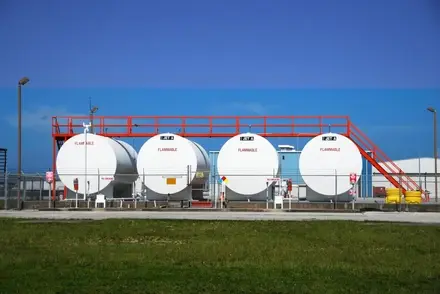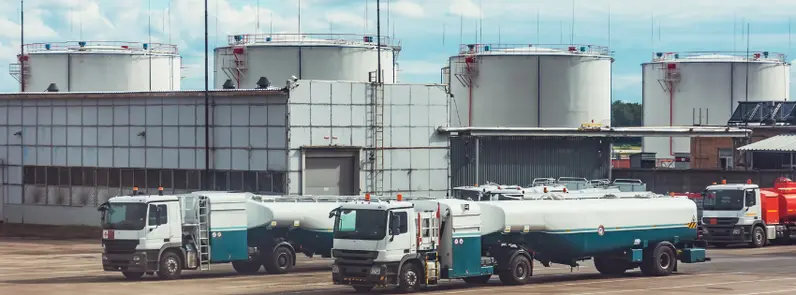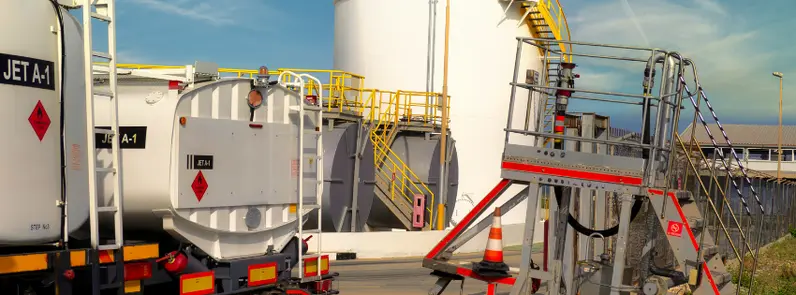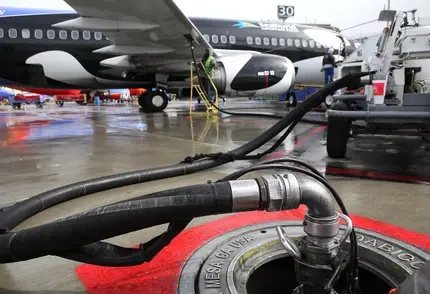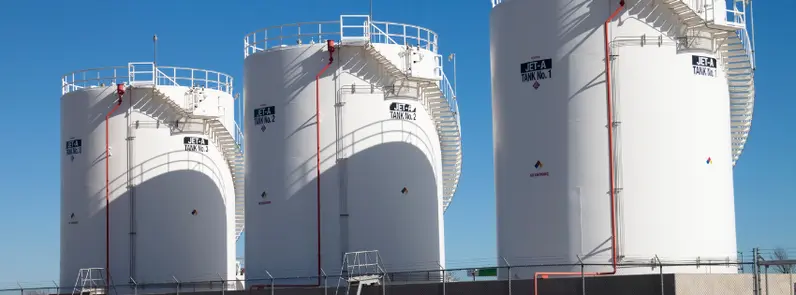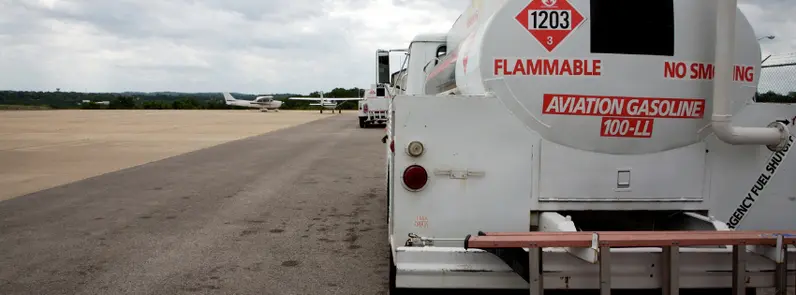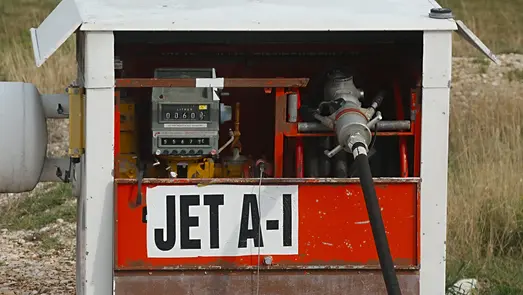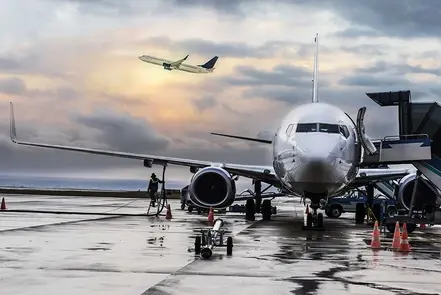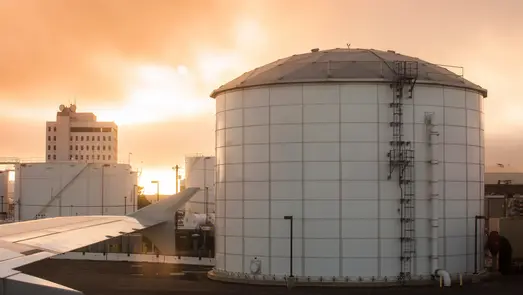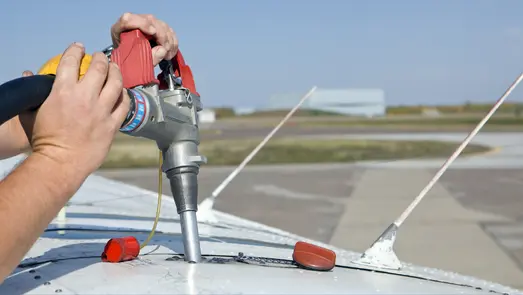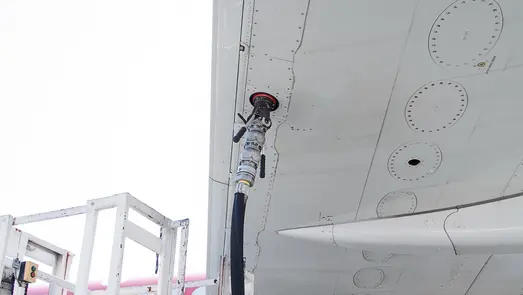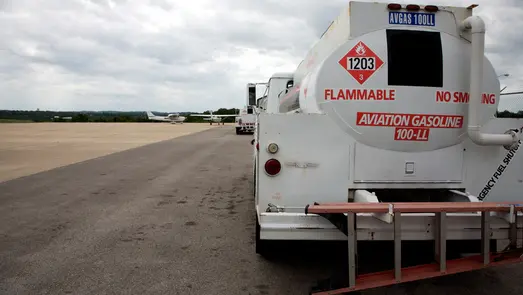top of page

Dun & Bradstreet No. 079476690


Aviation Fuels
Aviation fuels are specialized types of petroleum-based fuels used to power aircraft.
They are refined to a higher specification and under greater quality control than fuels used in less critical applications.
The most commonly used fuels for commercial aviation are Jet A, Jet A-1, and Jet B. commonly used in civilian turbine-engine powered aviation, used for its enhanced cold-weather performance.
We provide the following fuel types and can deliver worldwide, to authorized ports:
Jet A, Jet A-1, JP-54, D2, and D6

Frequently Asked Questions
-
What Are the Main Types of Aviation Fuel?There are various types of airplane fuel available worldwide. However, commercial airplanes, private jets, and general aviation aircraft widely use two main types of airplane fuel: Jet Fuel and AVGAS. As previously mentioned, the main determiner of which aviation fuel type to choose is your aircraft engine type!
-
Which fuel is used in airplanes?In general aviation, there are two main aircraft fuel types, which are AVGAS and Jet Fuel. Choosing the right aviation fuel for your aircraft depends mainly on its engine type. AVGAS, or aviation gasoline, is used for piston-engine aircraft. Jet Fuel is used for aircraft with turbine-engine jets.
-
What Are the Differences Between Jet A and Jet A1?Despite some differences in the manufacturing specifications between the two Jet Fuel types, both can be used interchangeably to operate turbine-engines airplanes. The main differences between Jet A and Jet A1 are: Freezing points. Jet A freezing point is -40°C, while Jet A1 freezes at -47° The lower freezing point of Jet A1 makes it more suitable for international long-haul flights, especially the ones overflying polar routes. Additives: Jet A does not regularly include static dissipater additives. These additives help to decrease the static charges which could form due to the movement of Jet Fuel. Jet A1 mostly contains static dissipater additives. Jet A is mainly used in the U.S, while Jet A1 is more common in the rest of the world.
-
Jet FuelJet fuel is a colorless, refined kerosene-based type of fuel. It is used for airplanes with turbine engines, like jet engines and turboprops. Jet Fuel is available in two types, Jet A and Jet A1.
-
AVGASAviation gasoline, or AVGAS, is the type of aviation fuel that powers small piston-engine airplanes. These airplanes are usually operated by flying clubs, flight training jets, and private pilots. AVGAS also includes two main types, which are AVGAS 100 and AVGAS 100LL. The 100 in both types refers to the octane rating.
-
What Are the Differences Between AVGAS 100 and AVGAS 100LL?The key difference between both types is the percentage of the included tetraethyl lead additive. AVGAS 100 has high lead content, while AVGAS 100LL (low lead) includes low amounts of tetraethyl lead, as the name refers. AVGAS 100 is dyed green, whereas AVGAS 100LL is dyed blue.
-
What are Other Types of Aviation Fuel?The above-mentioned Jet Fuel variations and AVGAS variations form the main four aviation fuel types used for different aircraft worldwide. In addition, there are other types of aircraft fuel. Flight operators and airlines use these types only in special conditions or situations like extreme weather. The most common other airplane fuel types are: TS-1 Jet B JP-8 JP-5
-
TS-1TS-1 is a jet fuel made to Russian standard GOST 10227 for enhanced cold-weather performance. It has somewhat higher volatility than Jet A-1 (flash point is 28 °C (82 °F) minimum). It has a very low freezing point, below −50 °C (−58 °F)
-
Jet BJet B contains a light mixture of about 30% kerosene and 70% gasoline. This type of airplane fuel is essential in extremely cold regions like Canada, Siberia, and Alaska. It has a freeze point of -60° C. However, its extremely dangerous, flammable kerosene-gasoline mixture, makes it rare to use.
-
JP-8Jet B is a naphtha-kerosene fuel that is used for its enhanced cold-weather performance. However, Jet B's lighter composition makes it more dangerous to handle.[10] For this reason, it is rarely used, except in very cold climates. A blend of approximately 30% kerosene and 70% gasoline, it is known as wide-cut fuel. It has a very low freezing point of −60 °C (−76 °F), and a low flash point as well. It is primarily used in northern Canada and Alaska, where the extreme cold makes its low freezing point necessary, and which helps mitigate the danger of its lower flash point.
-
JP-5JP-5 is a yellow, kerosene-based airplane fuel that commonly operates military aircraft fueling. This fuel type is a complex combination of hydrocarbons including naphthene and alkanes. This mixture gives JP-5 a high flashpoint of 60° C and allows it to avoid the risk of fire that accompanies aircraft carriers transportation.
-
Jet A/A-1Jet A specification fuel has been used in the United States since the 1950s and is usually not available outside the United States[5] and a few Canadian airports such as Toronto and Vancouver, [6] whereas Jet A-1 is the standard specification fuel used in the rest of the world (include Chinese RP-3 standard which is very similar to Jet A-1 [7][8]) other than Russia and the CIS members where TS-1 is the most common standard. Both Jet A and Jet A-1 have a flash point higher than 38 °C (100 °F), with an autoignition temperature of 210 °C (410 °F)
-
Differences between Jet A and Jet A-1The primary difference is the lower freezing point of A-1: Jet A's is −40 °C (−40 °F) Jet A-1's is −47 °C (−53 °F) The other difference is the mandatory addition of an anti-static additive to Jet A-1
bottom of page

